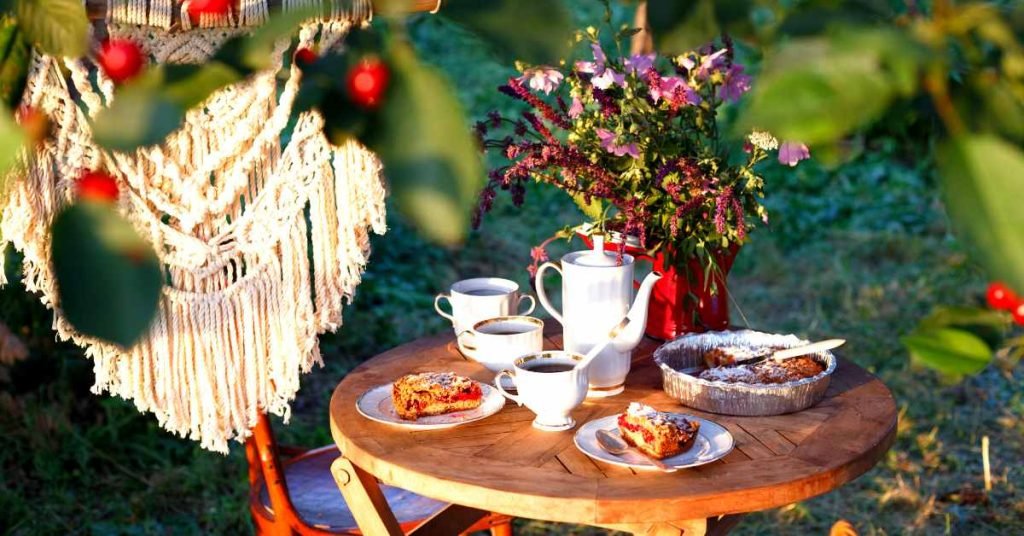The Dominican Republic consumes 0.04 lb of tea per capita per year.
Dominicans consume both local bush teas as well as Camelina Sinensis varieties, especially Green tea.
The country imports Asian teas while also producing locally grown teas such as Hibiscus and Cocoa tea.
History of Tea in the Dominican Republic
Camellia Sinensis teas arrived on the island during colonial times, however, the local people’s tea culture dates way back.
Dominicans have been drinking local bush teas since always, especially for medicinal purposes.
Dried hibiscus flowers, dried star anise, ginger, and dried cocoa stems and beans were used for brewing teas back in the days and this exotic tea culture still reigns today.
Tea Culture in the Dominican Republic
Dominicans call all Camellia Sinensis teas a “Green tea”, no matter if it’s Black, White, or Red.
They call their breakfast a “tea”, which means that they always have tea with their first meal of the day.
The second tea is served in mid-morning when they make a break from work.
Cocoa beans tea is probably the most present warm beverage in the country because they produce a lot of the crop.
This tea is prepared with condensed milk, nutmeg, bay leaves, cinnamon, Christmas tree leaves, and sugar.
Hibiscus tea is another local tea that Dominicans consume, but this one is mostly served cold as refreshment.
All Dominican teas are heavily sweetened with sugar.
Orange leaf tea is used as a medicinal beverage to stop vomiting while Common Guava leaf tea is excellent for upset stomach and diarrhea.
MEDICAL DISCLAIMER
Itsnevernotteatime.com cannot and does not contain medical/health advice. The medical/health information is provided for general and educational purposes only and is not a substitute for professional advice.




